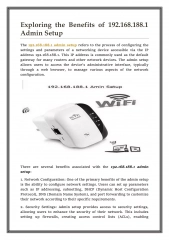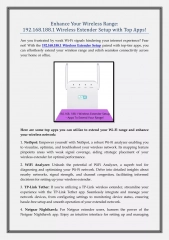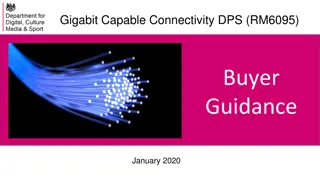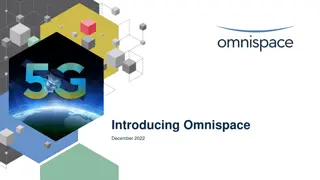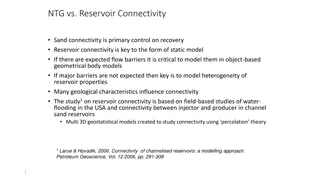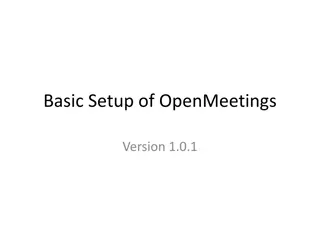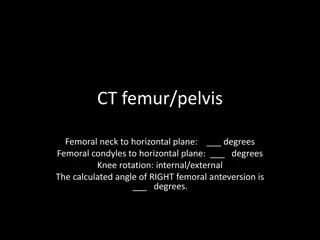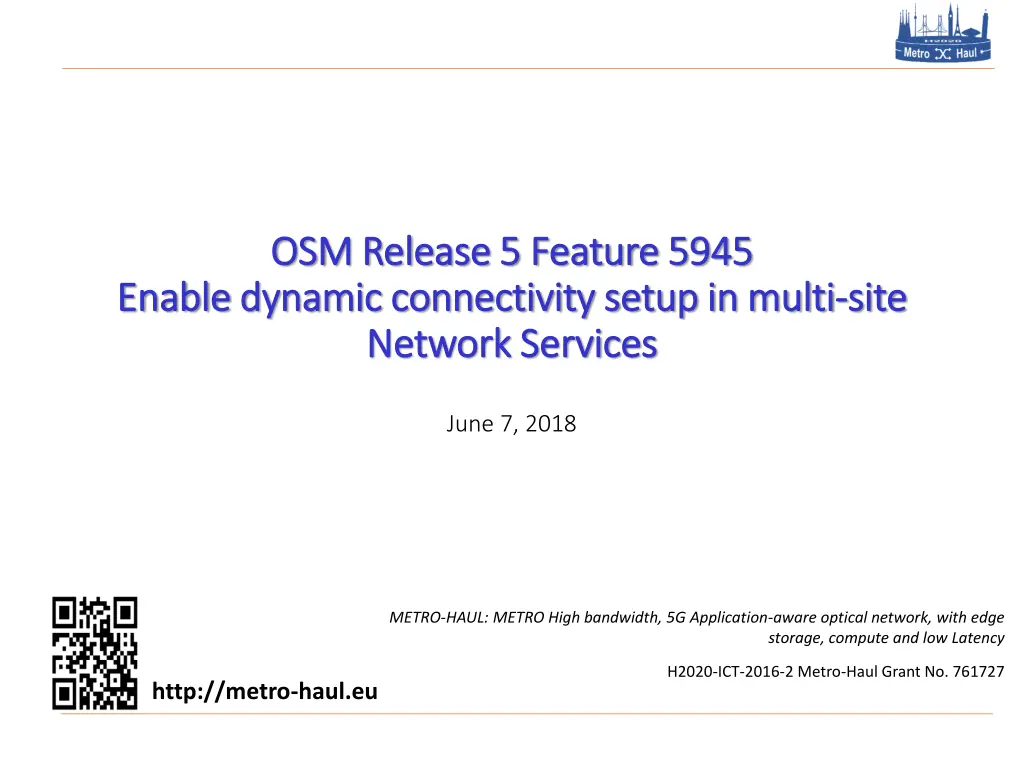
Dynamic Connectivity Setup in Multi-Site Network Services
Explore how Feature 5945 enables dynamic connectivity setup in multi-site network services for high-bandwidth, 5G application-aware optical networks with edge storage and low latency. Learn about automating inter-DC network creation through WIM and extending OSM with a plugin model for integration.
Download Presentation

Please find below an Image/Link to download the presentation.
The content on the website is provided AS IS for your information and personal use only. It may not be sold, licensed, or shared on other websites without obtaining consent from the author. If you encounter any issues during the download, it is possible that the publisher has removed the file from their server.
You are allowed to download the files provided on this website for personal or commercial use, subject to the condition that they are used lawfully. All files are the property of their respective owners.
The content on the website is provided AS IS for your information and personal use only. It may not be sold, licensed, or shared on other websites without obtaining consent from the author.
E N D

